You only live twice
My 2025 resolution is to revisit an alternative I had rejected in my freshman year
If you like what you read, copy and share the link, post it on another platform.
Please also subscribe to make sure you will not miss future posts. Subscription is free. Your email will not be used for other purposes. You will receive no advertisements.
-+-+-+-+
At the beginning of last year, Australians were surveyed about their New Year’s resolutions. The results revealed a wide variety of aspirations, from health and fitness to career development.
My 2025 resolution turned out to be revisiting a career choice I rejected fifty-two years ago.
The Walnut Tree
Seeing your 80-year-old neighbour planting a walnut tree in his garden, you joke he may not live long enough to enjoy its fruit. The old man responds the tree is for those who come after him.
There’s more here than altruism. Your neighbour plants trees perhaps simply because he likes doing so. He doesn’t stop doing what he likes just because he now is old.
Looking Back to Move Forward
After I retired in 2021, I spend more time with my family—especially my grandchildren—and try to stay active and healthy. On the side, I’ve been learning about AI, particularly large language models (LLMs) like ChatGPT, with the ultimate aim of being able to train chatbots to be competent engineers.
Unfortunately, the AI industry is not aligned with my hopes. Big AI companies seem more focused on chasing ill-defined “General AI” and they try do get there by progressively increasing the size of their language models (the size being measured by the number of parameters). While expected to give increasingly better reults (but not the elusive “AGI”), this approach cannot produce the tools I need. An engineering solver that selects its answers based on probabilities as LLMs do will never be accepted as competent. What’s lacking is a focus on knowledge representation—a framework that will support large language models but will have to be based on a different approach.
I have my own ideas about how this could be done, but there’s a challenge: my mathematical background isn’t strong enough to explore these ideas in depth. I hoped the AI companies would recognise the gap and produce appropriate tools. Unfortunately, this has not happened and does not look like it is going to happen soon because the companies pursue a different dream.
This leads me to my New Year’s resolution.
Live and Learn
For 2025, I’ve resolved to live with the intention of staying active and curious long enough for long-term projects. The first cab off the rank is learning mathematics for AI research.
This can be many things but I start from the gaps in my toolkit. A critical weakness is linear algebra. While, over the years, I’ve learned bits and pieces through self-study, I’ve always felt the need for a firmer grasp of the fundamentals.
Luckily, I’ve found a good resource: the University of Texas at Austin’s “Advanced Linear Algebra: Foundations to Frontiers” course, which is available on the EdX platform. I began auditing the course last week
Back to the Future
This decision reminds me of my first year at university, when I was lucky to have an inspiring calculus teacher, Can Akkoç. He once asked me if I should consider studying mathematics instead of mechanical engineering. He himself had started as a civil engineer before switching to mathematics, and he confided in me that he regretted not making the change sooner.
“You have to be young to make a good start in mathematics,” he told me. But perhaps it’s never too late.
What now?
In short, after spending two years exploring AI and language models, I’ve come to realize a few things:
The major AI companies aren’t likely to produce the tools I need anytime soon.
If I want to develop these tools myself, I need to know more maths.
Initially, I considered pursuing a PhD but I couldn’t find a supervisor at the University of Queensland with expertise in this specific area. For a younger student, having a supervisor who’s new to a topic might work fine, as they can grow together. But with my experience as a PhD supervisor for over 50 students, I knew I needed something different.
So, I asked myself: What would I recommend if I were supervising myself? The answer was clear: start by addressing the critical weakness. In my case, that means taking a linear algebra course now.
Let’s see how it goes.
-+-+-+-+
Short Takes
Delaware Coal-Fired Plant Will Close Two Years Early
Power, Darrel Proctor, 26 December 2024
When you hear an argument on renewables needing subsidies to be viable, point here
The NRG Delaware coal-fired power plant is to be closed two years ahead of schedule. The plant was operational only with hefty subsidies. The subsidies, which stopped last month, were $46m per year. If I assume a capacity factor of 0.60 for the 411-MW plant, this comes down to 2.1 US cents/kWh or about 3 Australian cents/kWh of subsidies.
For this plant, the construction cost had already been paid for. Imagine what level of subsidies would be required to build a new plant of a similar nature. It explains why no one in his right mind is building new coal-fired power plants any more.
-+-+-+-+
DeepSeek v.3 LLM
China released an open-source LLM that seems to be as good as ChatGPT and it was produced at a fraction of the cost.
DeepSeek v.3, a Chinese Large Language Model (LLM1), was announced on 26 December 2024. The model is said to be using a Mixture-of-Experts(MoE) layer on top of a standard Vaswani transformer architecture. The MoE sounds like the “Agentic AI” in the US jargon and involves multiple independent sub-models or “experts.” The model dynamically selects the most relevant experts for a specific query. The DeepSeek paper gives numbers where the model compares very well against its Western competitors such as ChatGPT, Claude, Grok, Llama 3.1, etc.
I tried it and asked the same question I asked ChatGPT and Claude last year.
and
This is pretty good performance. Last year, Claude failed in the second step.
I also asked DeepSeek the following:
What do you think is the biggest challenge for nuclear fusion power?
How do you compare EV cars against hydrogen cars?
What are the challenges facing China?
What are the challenges facing Australia?
What are the challenges facing Turkey?
I thought all answers were quite good. I will not copy them here because you can try it yourself if you are interested. It is free.
-+-+-+-+
AI replaces teachers in Arizona
techradar, Eric Hal Schwartz, 24 December 2024
The Unbound Academy starts a new school in Arizona with AI teachers.
The students will learn at their own pace. The AI will track their progress and will adapt the teaching style and difficulty to help them succeed. Since the AI teaching is more intensive, it will take two hours every day to cover the main subjects such as science, math, or literature.
The students will spend the rest of the day at the school to learn social skills in a workshop format.
-+-+-+-+
YouTube
This is a very short but an interesting video clip.
The length of the bridge is 2890 m and it is built at a height of 625 m. The planned construction period is 42 months and the total budget is 2 billion yuan (approximately US $280m). It is incredible the cost is so low. An upgrade of the intersection between Mains and Kessel roads in our suburb nine years ago cost $300m (US$186m). I am interested in your thoughts on how this performance compares against projects that you are familiar with..
-+-+-+-+
Diary
Dinners
A working person would have probably attended several Christmas dinners last December: his work, his wife’s work, and the family. I am retired but I had three special dinners too:
Dinner #1
On Christmas Day, Taylan and Yi invited us and Yi’s parents for a Christmas dinner. The food was delicious but the focus was on Eleanor and Hugo our two grandchildren. Eleanor is two years old and Hugo was born only a month ago.
Dinner #2
We had çiğ köfte and rakı on Friday, our regular Bridge night, At Faruk’s home.
The çiğ köfte is vegetarian, made by Özgür. It was very good. The rule of our Bridge nights is that the losing team washes the dishes. I was lucky that night and was spared that task.
Dinner #3
New Year’s Eve, the family dinner, with Meliz’s parents, sisters, their husbands, kids and grand kids. Two tables were needed.
Roast turkey at the front credit to my Mother-in-Law, and rib fillet roast at the back from Faruk’s wood-fired brick oven, plus lots of salads and rice. Meliz took two of her signature salads: red cabbage and green lentils. Beautiful food all around.
The Old must work harder to stay fit
I need to stay fit and healthy to follow my new year resolution. I still do walking and rucking. Meliz and I also re-started our Gym membership. We had quit with COVID and had stayed out since. Here I am back at Club BJ.
New Year, new glasses
Here are my new glasses, in Eleanor’s favourite colour, blue:
-+-+-+-+
Pascal Hagi
In this short short clip, Meliz reminds Pascal of the time he went AWOL for a month. Pascal gets excited because I think he remembers the experience.
-+-+-+-+
What I Read
The Poppy War trilogy, R F Kuang
R.F. Kuang’s The Poppy War trilogy is set in a fantasy world heavily inspired by the history and geopolitics of East Asia. At its heart, the series follows the journey of Rin, a poor war orphan who rises to prominence as a military leader. Kuang has said in interviews that Rin’s life parallels the trajectory of Mao Zedong, a comparison that becomes particularly apparent in the second and third books. The early parts of Rin’s story, however—her childhood and her time at an elite military academy—reminded me more of Ged’s experience in Ursula K. Le Guin’s Earthsea books.
A Brutal World of War and Power
The second and third books in the trilogy vividly mirror events during and after World War II. The war between Nikan (a stand-in for China) and Mugen (Japan) is unflinchingly brutal, evoking the horrors of real-world conflicts. The Western powers, represented by the Hesperians, are portrayed as a technologically advanced but rapacious and dogmatic society.
Kuang does not shy away from the atrocities of war. The Mugenese soldiers, depicted as indiscriminate rapists, plunderers, and murderers, bear a striking resemblance to historical accounts of Japanese soldiers during World War II and earlier conflicts. Having personally visited a museum in Jilin, China, that documented Japanese war crimes, including the infamous Rape of Nanjing, I found the parallels in Kuang’s writing chillingly accurate.
Yet, Kuang’s portrayal is not one-sided. Deep resentment against colonial powers permeates the narrative, but she also critiques the Chinese side. Rin, as the Mao Zedong figure, is a brilliant military strategist but also an angry and deeply troubled character whose actions are far from idealized.
Colonialism, Racism, and the Hesperians
Kuang’s depiction of the Hesperians is particularly thought-provoking. As a colonial power, they regard the Nikarans (Chinese) as an inferior race, and this theme is explored in chilling detail. A passage from the second book, The Dragon Republic, illustrates this starkly:
Drawings were heavily annotated. Rin couldn’t decipher the scrawling, flat Hesperian script, but several phrases popped out.
See eye fold—indicates lazy character.
Sallow skin. Malnutrition?
… “Since your eyes are smaller, you see within a smaller periphery than we do.” Petra … explained. “Your skin has a yellowish tint that indicates malnutrition or an unbalanced diet. Now see your skull shapes. Your brains, which we know to be an indicator of your rational capacity, are by nature smaller.” Rin looked at her in disbelief. “You think you’re just naturally smarter than me?” “I don’t think that,” Petra said. “I know it. The proof is all well-documented. The Nikara are a particularly herdlike nation. You listen well, but independent thought is difficult for you”.
The Dragon Republic (The Poppy War, Book 2), p 275.
Petra’s arguments reminded me of the Acemoglu (2024 Nobel Laureate in Economics) thesis that poor nations are poor because their institutions are not like Western institutions.
About the Author
R.F. Kuang, born in Guangzhou in 1996, moved to the United States with her family at the age of four. She studied history at Georgetown University, and her academic background deeply informs her writing. Her nuanced critique of colonialism and power structures is evident throughout the trilogy, yet she avoids romanticizing the Chinese side of the conflict. This balanced perspective is one of the trilogy’s greatest strengths.
Recommendation
Notwithstanding all that is said above, if you only have time to read one book by R.F. Kuang, I would recommend her 2022 standalone novel, Babel. While The Poppy War trilogy is epic in scope and packed with historical allegory, Babel offers a more focused exploration of colonialism and language, demonstrating Kuang’s growth as a writer.
-+-+-+-+
Comparing Istanbul and Brisbane prices - AT index
Based on my basket of goods, Australia is 22% more expensive this week compared to Istanbul. Both Coles (AU) and Migros (TR) prices are expressed in Turkish liras for the items in the basket on 4 January 2025. Coles prices are converted to Turkish liras at the exchange rate of 1AUD=21.99 TRY.
The y-axis in the following chart is
.
The trend (the red line) is rising, which means that, since 5 July 2024, the Turkish prices are slowly approaching the Australian prices.
Last week, Turkish prices seem to have almost caught up with the Australian prices. The code to create the above tables and the plot is in my github repository and can be downloaded if you are interested.
Migros Online
CM commented that the meat and egg prices are higher in Istanbul than shown in my table above. I thank him for his comment because scrutiny is always useful for accuracy. The above prices are from Migros Online web page. I checked it just now and the following are the screen images for ground beef and eggs:
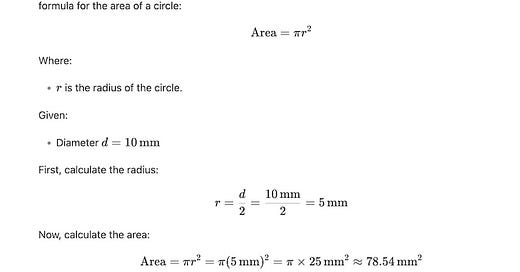


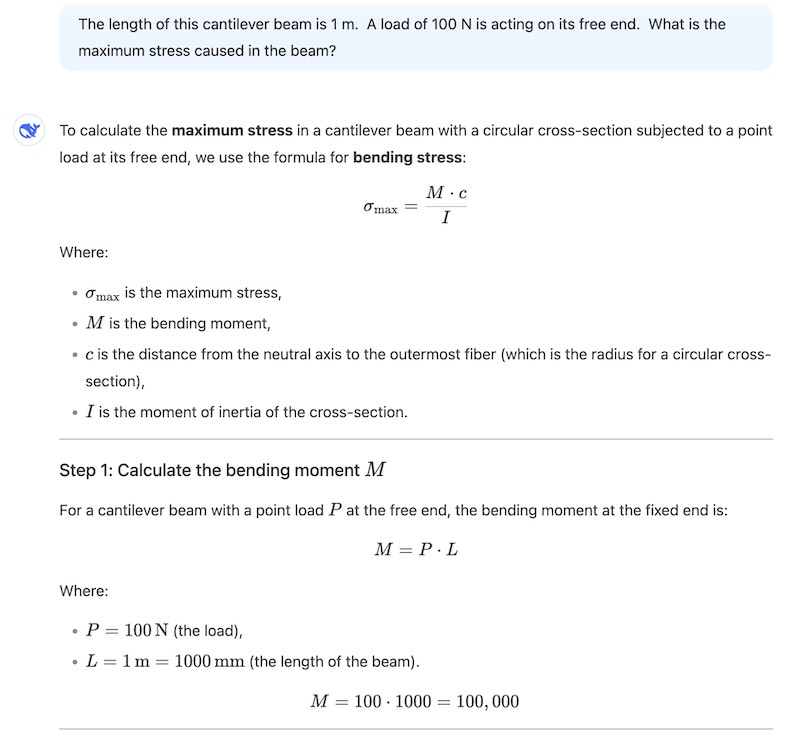
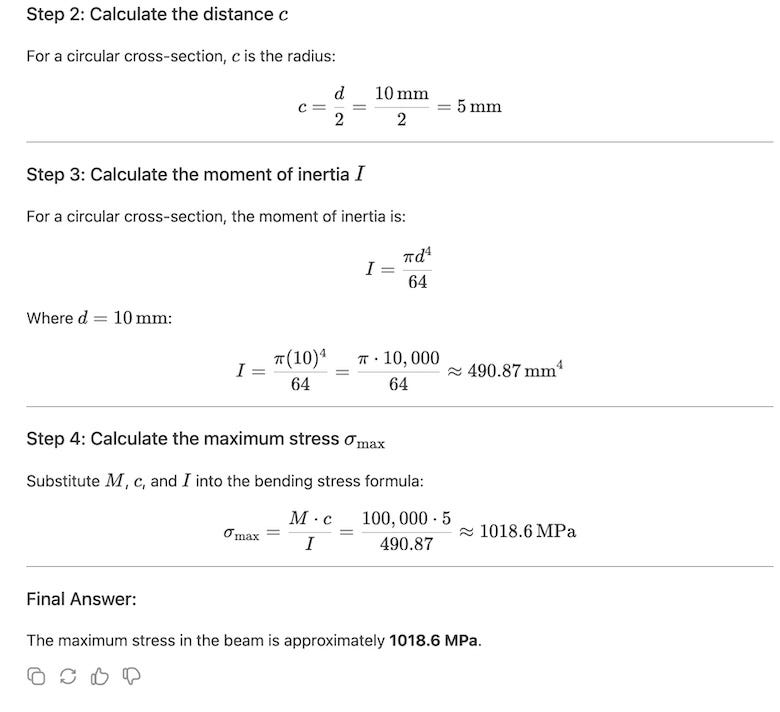
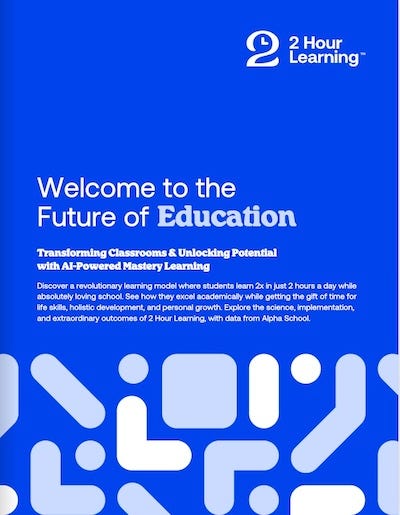

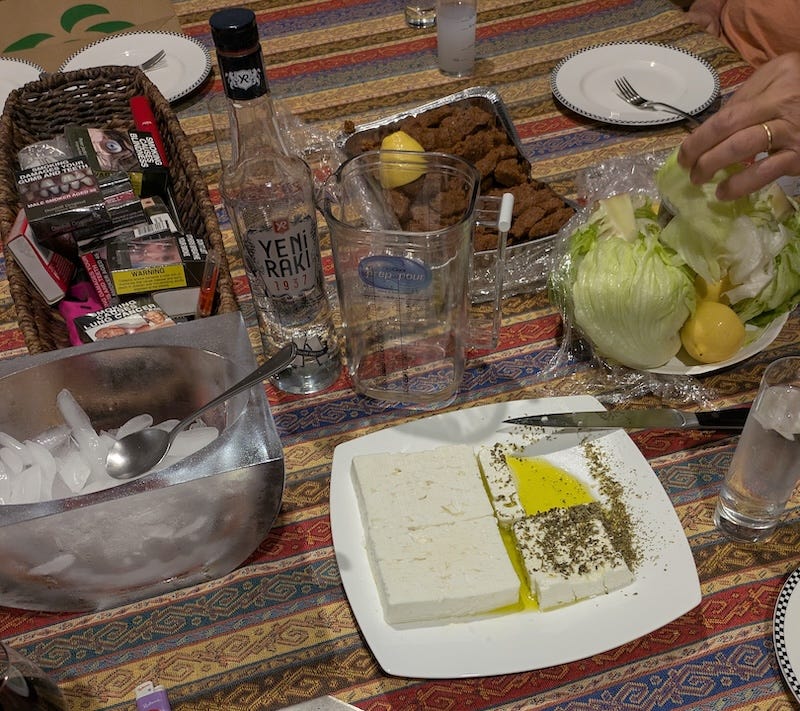
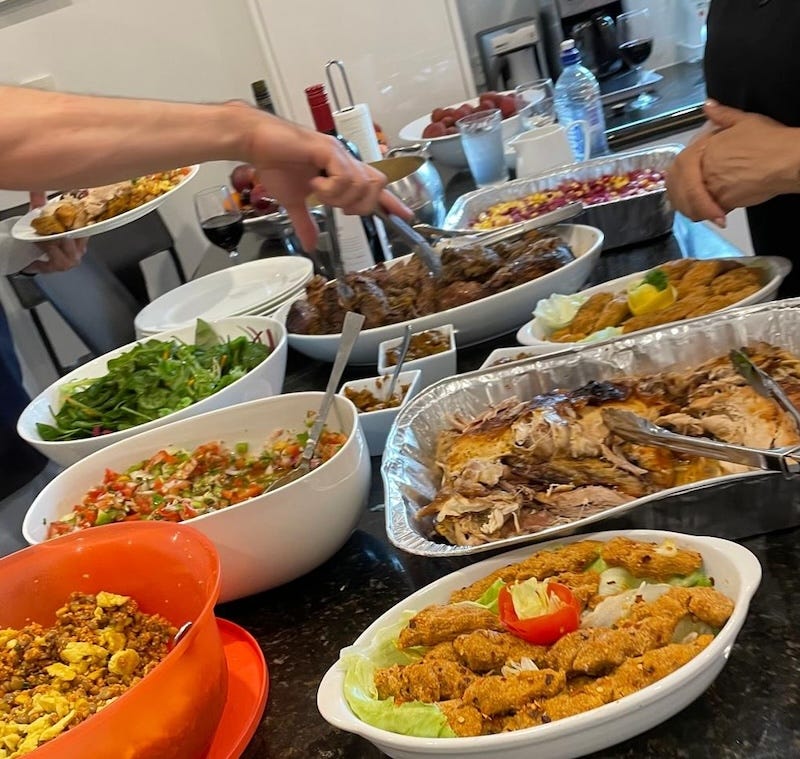





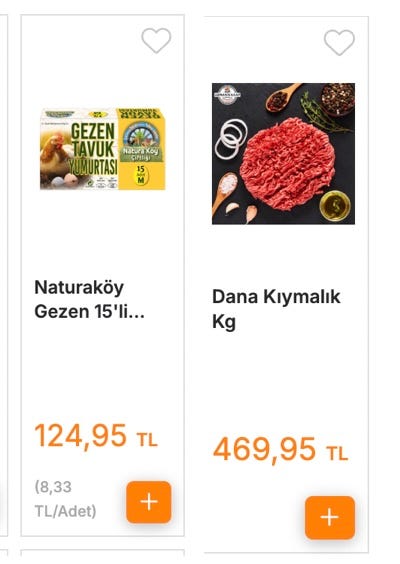
Bilgilendirme için teşekkürler. Ancak et ve yumurta İstanbul da daha pahalı.